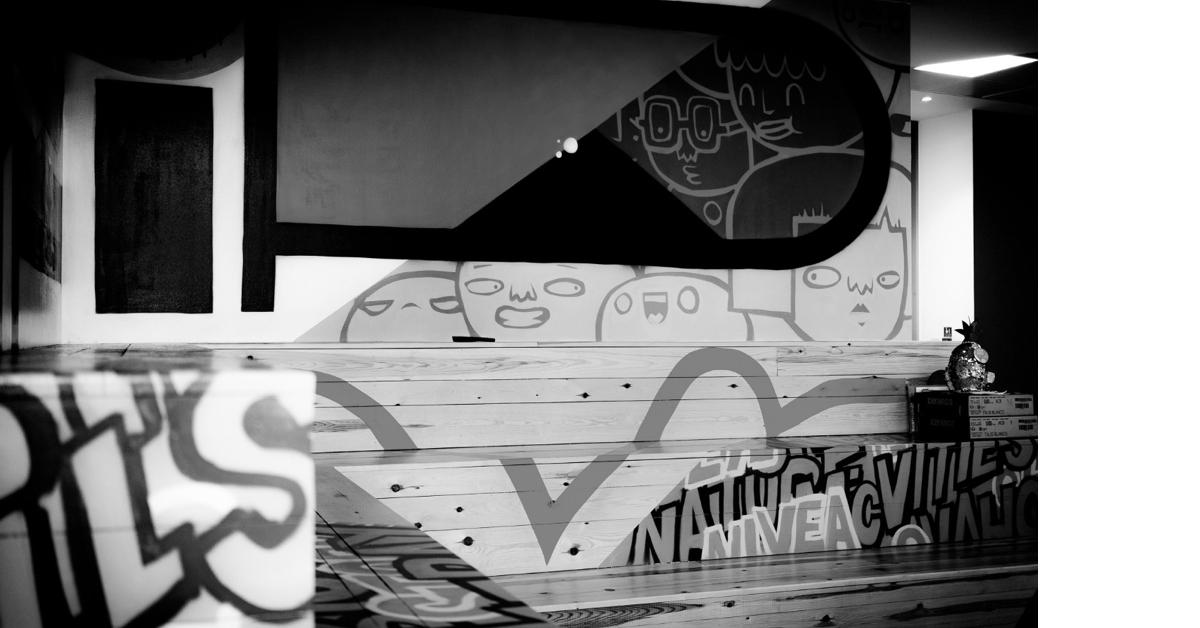
With 70% of counterfeit goods reportedly sold online, and 68% of people now reported to have unintentionally bought fake goods online, it’s difficult to imagine how our counterfeit problem could get any worse.
White papers from the Union des Fabricants and co-published by the Center for Anti-Counterfeiting and Product Protection and MarkMonitor remind us that fake goods are not only putting us out of pocket, but they are placing us in a greater danger than may have initially been thought. The fakes we buy are funding serious criminal activity, including terrorism, modern slavery and other organised crimes, not to mention the immediate health and safety issues of fake pharmaceuticals and electricals.
What does this mean for your brand?
These studies serve to further underscore why it is not just important, but imperative that we tackle counterfeits in a meaningful way. One report notes that 85% of consumers believe that brands need to be doing more to protect customers from making counterfeit purchases online. Brands are less likely to be trusted – and therefore more likely to lose potential customers and sales – if the brand is not seen to be actively working to resolve any online counterfeiting issues.
Brand owners need to create an effective and sustained anti-counterfeiting strategy tailored to their brand, industry and consumer purchasing habits. A combination of the right IP protection, customs recordals, online content monitoring and an established enforcement/escalation strategy can prove a successful blueprint in combatting counterfeits.
A brand enforcement strategy that identifies types of issues and priorities is the key starting point. Undertaking manual and piecemeal enforcement activity (either physical or digital) prevents matters being prioritised properly and dealt with holistically, and is a drain on resources.
A number of software platform providers offer online content monitoring, enabling bulk enforcement across different mechanisms such as eBay and Twitter. These platforms are useful in reducing the level of noise around the brand, but these alone can simply create a whack-a-mole scenario of sellers being removed, only to pop up again via new credentials or with altered selling practices. What is required in addition to this is the continued collation and review of the intelligence generated. That can then be fed into an escalation policy which can be implemented by a brand and their legal advisors to address issues that are so heinous at the outset or recurrent to warrant more bespoke action such as investigations, litigation, or collaboration with law enforcement.
Not a brand, but an online purchaser?
In recognition of today being World Anti-Counterfeiting Day, we’ve put together a few tips on how to spot counterfeits before you purchase goods online. It is important to recognise that there are two main types of fakes currently sold online:
1. Cheap knock-offs
This is the usual category that springs to mind when thinking about fake goods. These fakes are typically easier to spot than the category below. Indicators include:
- Poor quality images and packaging, images of poor quality products, use of unofficial logos and poor spelling and grammar are all good indicators of a product or website’s inauthenticity.
- If you are not on the brand owner’s website and you can buy an unlimited number of product items, this is an indicator that the products are being made to order.
- Err on the side of caution when you see a heavily discounted ‘too-good-to-be-true’ price, e.g. 70% off the RRP.
2. Seemingly identical goods
Sold on a seemingly legitimate website, these goods may look like the real deal, but giving the website a further glance may lead you to err on the side of caution prior to making that purchase.
- If a website appears almost identical to the official brand site, then this may be an inauthentic imitation site.
- Have all the images been copied from the official brand website? Whilst there are many moving parts of a company, including distributors and retailers, who may all have permission to use the images, if the products are also made to order and no product reviews exist throughout the website, then this is most likely a good indicator that the goods are either fake or do not exist. You can also find out if a retailer is authorised to sell a specific brand by checking the brand’s official website or calling the manufacturer directly.
If you are unsure about a website’s authenticity, as general rules, it is preferable to use sites with URLs that begin with ‘https’ instead of a ‘http’ – especially on payment pages – as these are more secure and research should be undertaken into the company and/or website you are purchasing from before giving over financial information.
If you believe advertised goods to be fake, you can report these via the relevant marketplace or social media platform. Duped consumers that have lost money because of counterfeits or payment fraud are also advised to report any issues to Action Fraud, the national fraud and cybercrime reporting centre.
Hermon is part of the Online Brand Enforcement team at Stobbs, one of its many Intangible Asset Management offerings that can help you tackle and protect your brand against the sale of counterfeits both online and offline.
Send us your thoughts:
Would you like to read more articles like this?
Building 1000
Cambridge Research Park
CB25 9PD
Fax. 01223 425258
info@iamstobbs.com
Privacy policy
German office legal notice
Cookie Declaration
Complaints Policy
Copyright © 2022 Stobbs IP
Registered Office: Building 1000, Cambridge Research Park, Cambridge, CB25 9PD.
VAT Number 155 4670 01.
Stobbs (IP) Limited and its directors and employees who are registered UK trade mark attorneys are regulated by IPReg www.ipreg.org.uk



